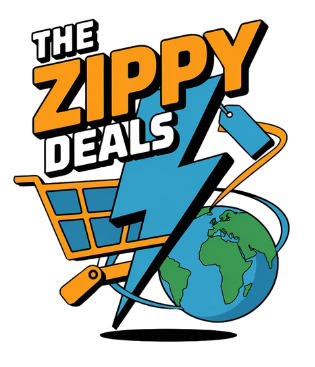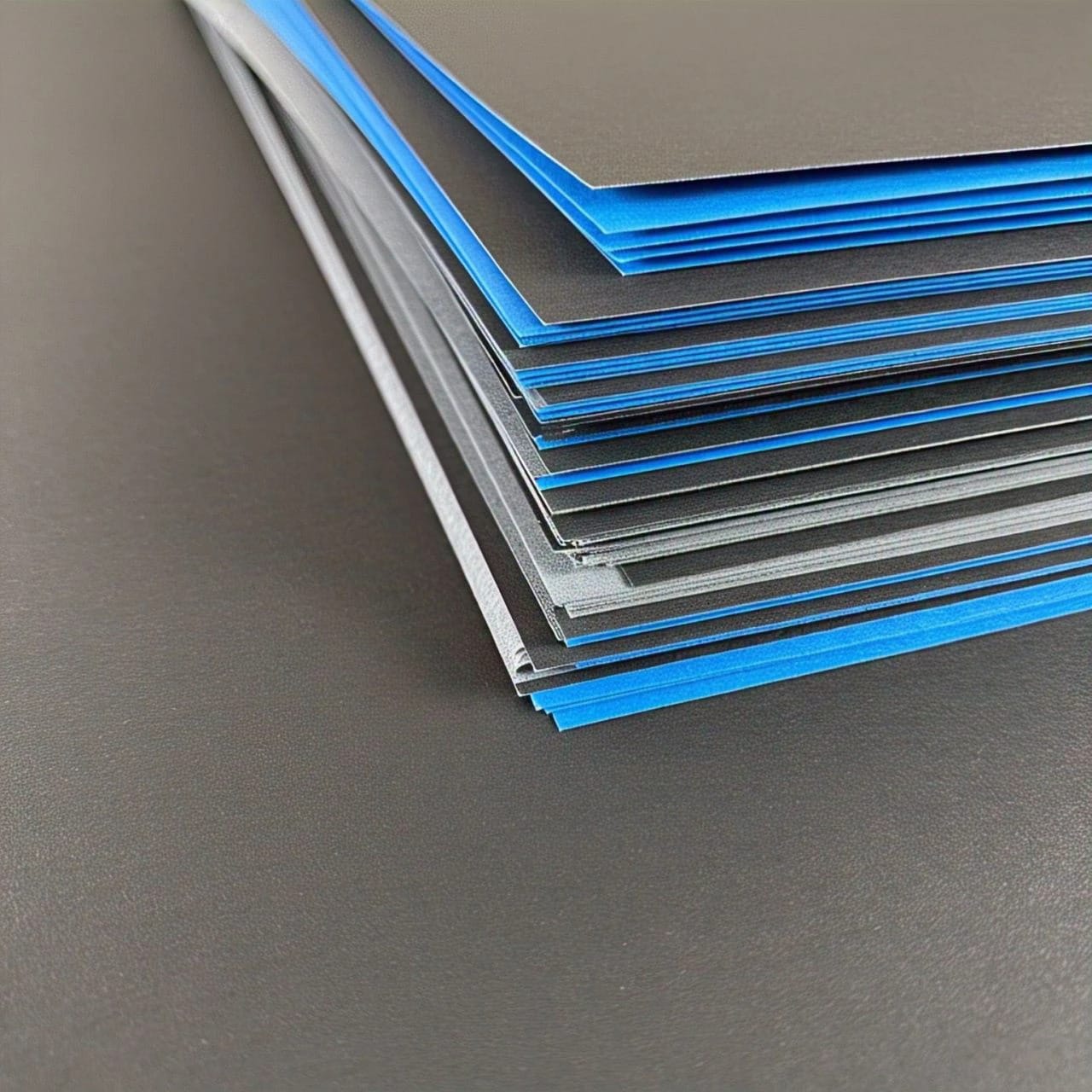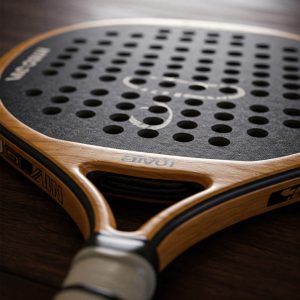INTODUCTION:
The Enduring Legacy of Carbon Paper
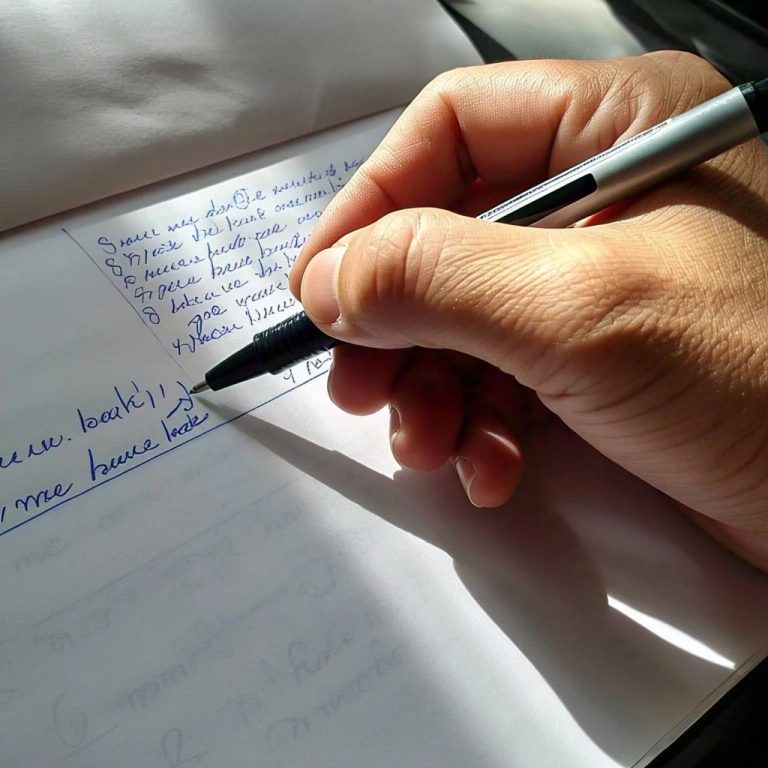
Imagine a world before photocopiers and email, where duplicating documents required ingenuity. That world relied on carbon paper, the unsung hero of manual copying. Invented in the early 19th century, this simple yet revolutionary tool transformed offices, art studios, and even espionage. While digital technology dominates today, carbon paper retains a niche appeal. Let’s explore its enduring relevance and why it might still belong in your toolkit.
What Is Carbon Paper?
http://www.madehow.com/Volume-1/Carbon-Paper.html
Carbon paper is a thin sheet coated with pigment, often carbon or graphite, on one side. Sandwiched between two sheets of paper, it transfers markings via pressure, creating duplicates. Think of it as the original “Ctrl+C” for handwritten or typed documents.
Key Features:
* Coating: Non-toxic, dry ink or wax-based pigment.
* Colors: Classic blue or black, with specialty hues for art.
* Sizes: Standard letter size, rolls, or custom cuts.
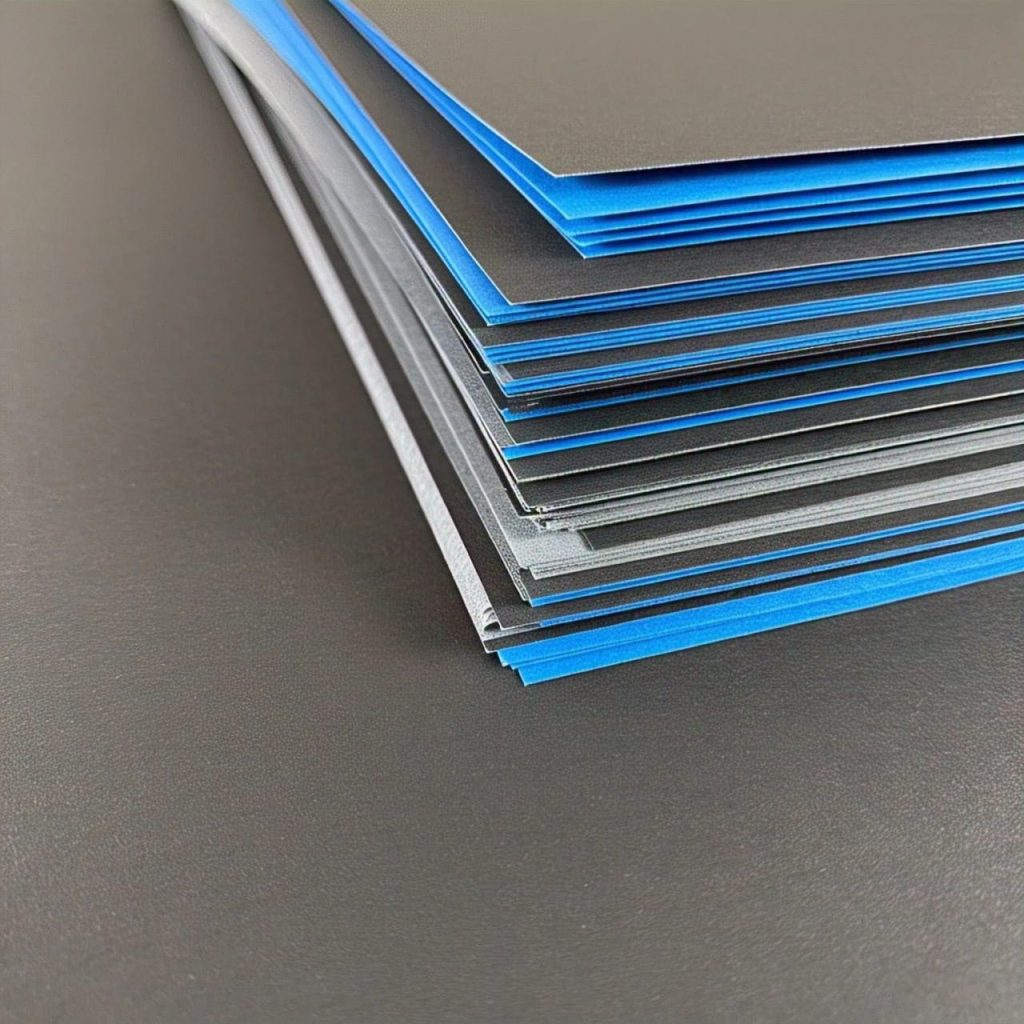
How Does Carbon Paper Work?
The magic lies in pressure. When you write, type, or press on the top sheet, the pigment transfers to the sheet beneath.
Step-by-Step Process:
1. Layer 1: Original document.
2. Layer 2: Carbon paper (coated side down).
3. Layer 3: Copy sheet.
4. Apply pressure (pen, typewriter, or stylus).
5. Voilà! A duplicate appears.
Pro Tip: For crisp copies, use a ballpoint pen or firm pressure.
Historical Significance: From Typewriters to Espionage
* 1806: Ralph Wedgwood obtained the first patent for carbon paper.
* 1870s: Mass production began, coinciding with typewriter popularity.
* World Wars: Spies used carbon paper for covert notes.
Modern Uses of Carbon Paper
While rare in offices, carbon paper thrives in niche areas:
* Receipts & Invoices: Small businesses use it for instant duplicates.
* Art & Crafts: Transfer designs to fabric, wood, or canvas.
* Tattoo Stencils: Outline precision designs on skin.
* DIY Projects: Create patterns for quilting or scrapbooking.
Carbon Paper vs. Carbonless Paper (NCR)
| Feature | Carbon Paper | Carbonless Paper (NCR) |
| :— | :— | :— |
| Copies | Reusable (5-10 times) | Single-use |
| Setup | Manual layering | Pre-coated sheets |
| Cost | Budget-friendly | Higher per sheet |
| Eco-Impact | Chemical coating | Micro-encapsulated dye (less waste) |
Verdict: Carbon paper wins for reusability; NCR for convenience.
Benefits of Using Carbon Paper
* No Power Needed: Perfect for off-grid tasks.
* Cost-Effective: Cheaper than printers for small batches.
* Tactile Quality: Adds vintage charm to invitations or art.
* Immediate Copies: No waiting for scans or prints.
How to Choose the Right Carbon Paper
* Purpose:
* Office Use: Opt for standard blue/black.
* Art Projects: Pick specialty colors or washable coatings.
* Thickness: Thicker paper lasts longer (0.003”–0.006”).
* Brand Reputation: Trusted names like Bienfang or Speedball.
* Quantity: Bulk packs (100+ sheets) save costs.
FAQs About Carbon Paper
https://dilbert.com/strip/1993-03-03
* Q: Can you reuse carbon paper?
* A: Yes! It lasts 5–10 uses if handled gently.
* Q: Does it smudge?
* A: Avoid dragging hands over fresh copies. Let pigment set.
* Q: Is carbon paper safe?
* A: Modern coatings are non-toxic, but wash hands after use.
* Q: How to store it?
* A: Keep flat in a cool, dry place to prevent curling.
* Q: Where to buy carbon paper in 2024?
* A: Check office supply stores or online retailers like [Your E-Commerce Site].
Conclusion: Is Carbon Paper Still Relevant?
In a digital age, carbon paper’s charm lies in its simplicity. Whether you’re a crafter, small business owner, or history enthusiast, it offers a tactile, reliable way to duplicate. While not for everyone, it’s a nostalgic nod to the past with practical perks.
Vist more articles: Red Light Therapy: Your Ultimate Guide to Radiant Skin and Healing in 2025
